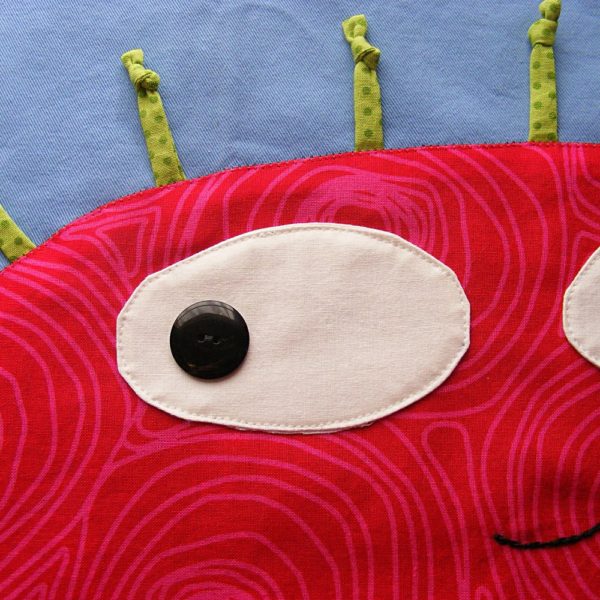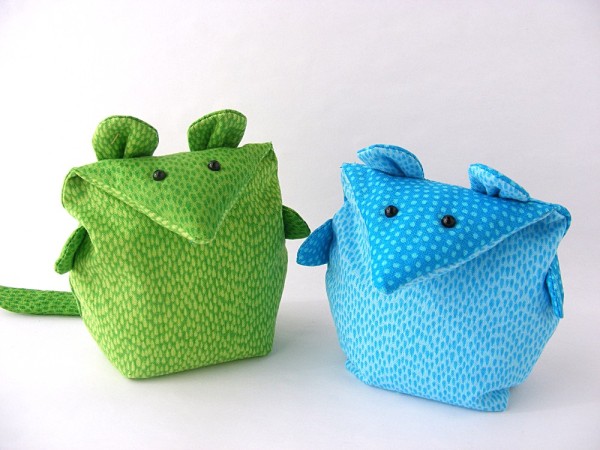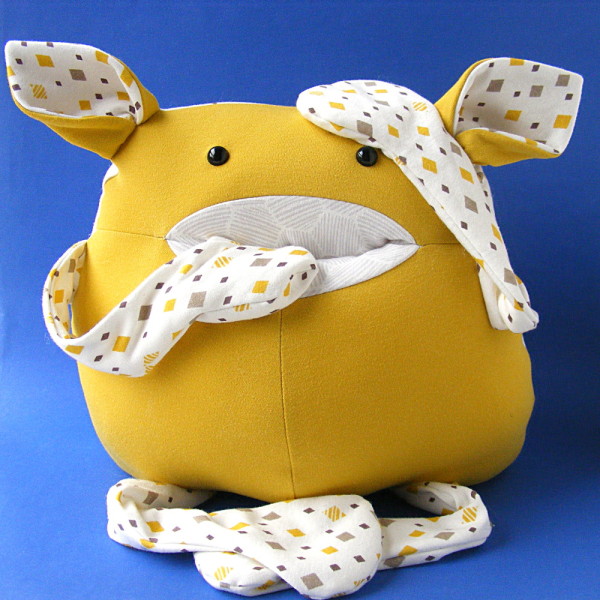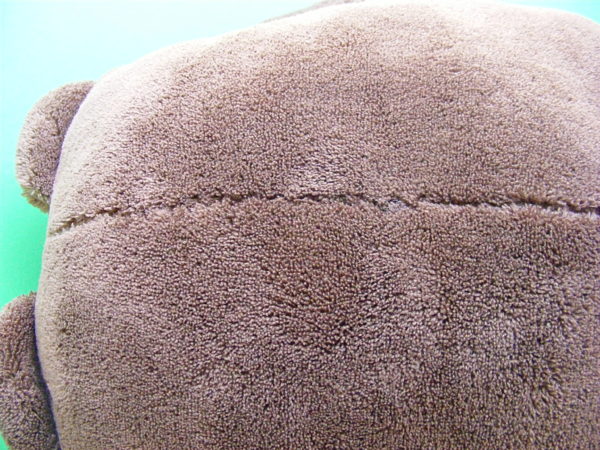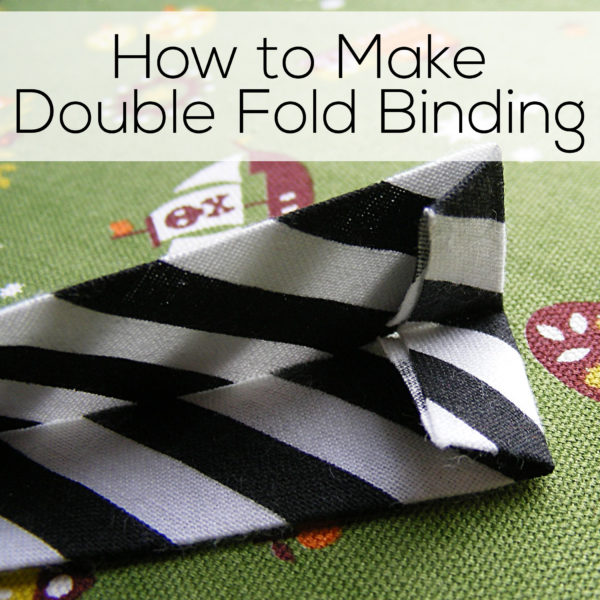
Double fold binding tape is so useful!
I use it to make straps, to bind the edges of pockets, pot holders and placemats, to make drawstrings, and more.
One quick note – you’ll also hear me use the term bias tape or double fold bias tape. Technically, I should only call it bias tape when the starting strips are cut on the bias instead of on the straight grain. I rarely use actual bias tape (you only need the bias when your binding tape needs to shape around curves) but all the packaged binding tape you buy ready-made at the store is bias tape – so I tend to slip and use that as a general term when I really shouldn’t. So – know going into this that the technique is exactly the same for both. The only difference is how you cut your initial strips.
Speaking of cutting your strips – I’ve shown you how to cut strips using basic rotary cutting tools in this video. In today’s video I’ll show you how to join those strips together and how to use an inexpensive tool to make your own double fold binding tape.
There are a few different brands of bias tape makers out there – you should be able to find them in any big box fabric store.














